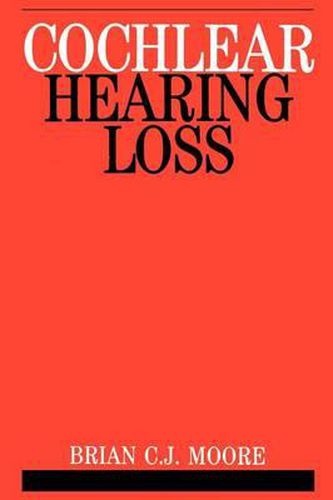Readings Newsletter
Become a Readings Member to make your shopping experience even easier.
Sign in or sign up for free!
You’re not far away from qualifying for FREE standard shipping within Australia
You’ve qualified for FREE standard shipping within Australia
The cart is loading…






The aim of this text is to impart an understanding of the changes in perception associated with cochlear hearing loss, of the difficulties faced by the hearing-impaired person and of the limitations of hearing aids. The book interrelates the physiological and perceptual data and aims to present both data and concepts in an integrated way so that the reader comes away with an impression not only of what happens, but also why it happens. The book is written at a level which should make it suitable as a textbook to students in audiology and in speech and hearing science. It assumes some prior knowledge of sound. For example, it assumes familiarity with the decibel and the concept of the spectrum of a sound, although a glossary provides brief explanations of technical terms used in the book. The concept of linear and non-linear systems is also explained in some detail, as this concept is crucial for understanding the book. Listening to simulations of these effects can help appreciation of the perceptual effects of cochlear hearing loss, and a compact disk containing simulations of different aspects of cochlear damage is also available.
$9.00 standard shipping within Australia
FREE standard shipping within Australia for orders over $100.00
Express & International shipping calculated at checkout
The aim of this text is to impart an understanding of the changes in perception associated with cochlear hearing loss, of the difficulties faced by the hearing-impaired person and of the limitations of hearing aids. The book interrelates the physiological and perceptual data and aims to present both data and concepts in an integrated way so that the reader comes away with an impression not only of what happens, but also why it happens. The book is written at a level which should make it suitable as a textbook to students in audiology and in speech and hearing science. It assumes some prior knowledge of sound. For example, it assumes familiarity with the decibel and the concept of the spectrum of a sound, although a glossary provides brief explanations of technical terms used in the book. The concept of linear and non-linear systems is also explained in some detail, as this concept is crucial for understanding the book. Listening to simulations of these effects can help appreciation of the perceptual effects of cochlear hearing loss, and a compact disk containing simulations of different aspects of cochlear damage is also available.